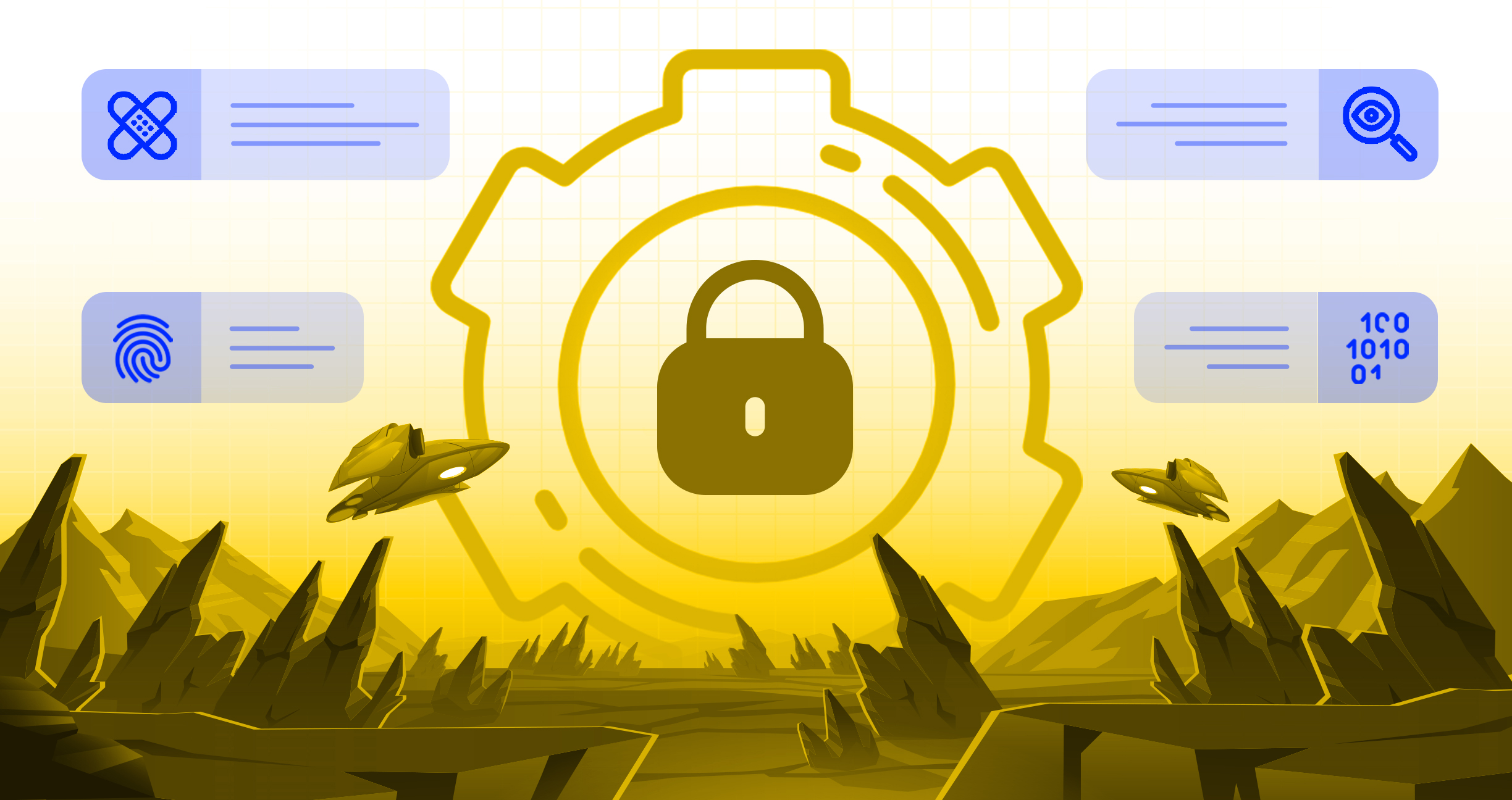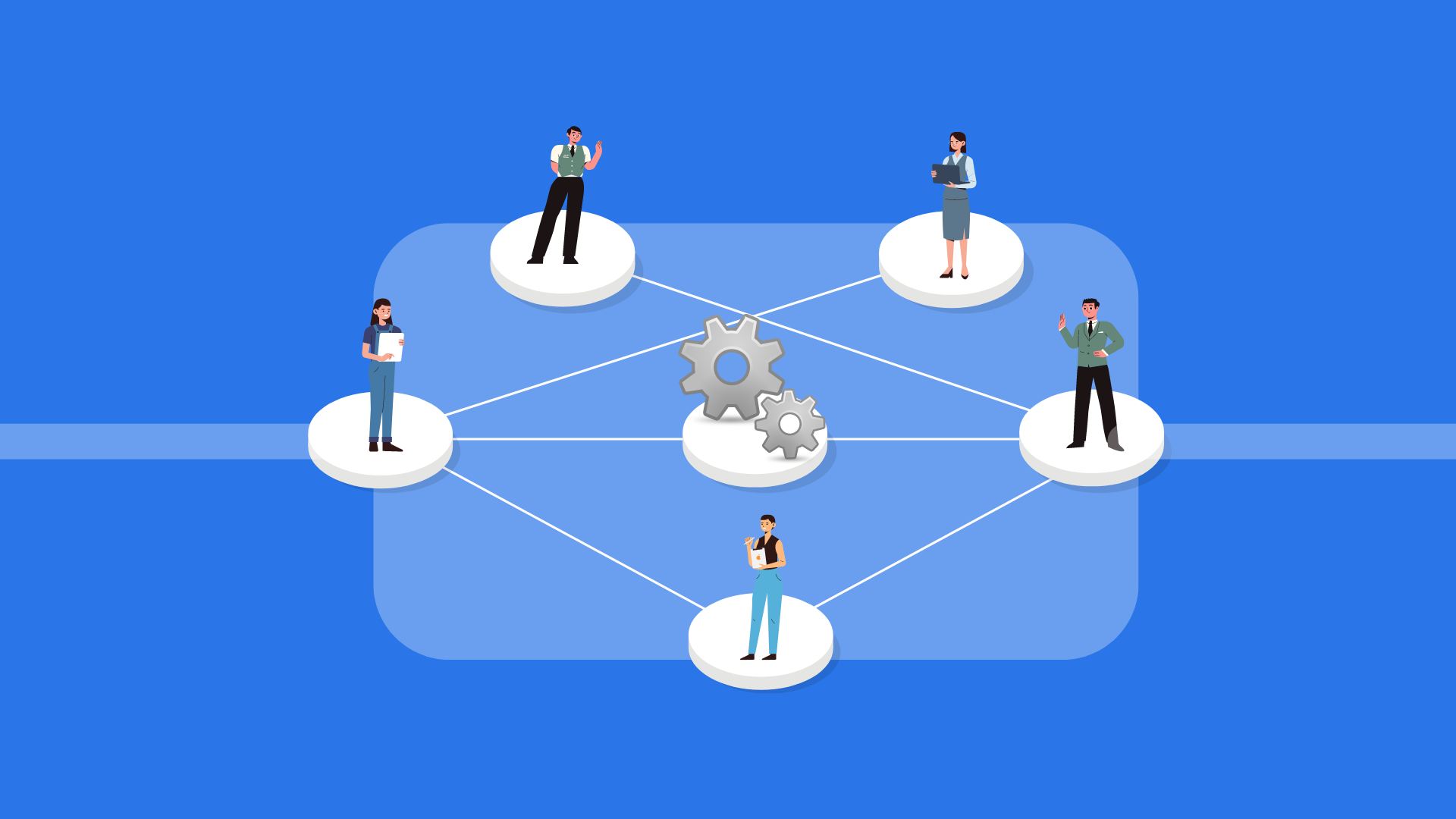API Security Strategies: Safeguarding Business and Customer Trust

- 5 October 2023
- Blog
- 0 Comments
In the era of digital connectivity and rapid technological advancement, Application Programming Interfaces (APIs) have emerged as indispensable tools that power seamless communication and data exchange between different software systems. APIs allow businesses to integrate and share data, services, and functionality across platforms, enabling them to create innovative applications and services.
However, with the increased reliance on APIs, ensuring their security has become a paramount concern to safeguard both business interests and customer trust. In this article, we will delve into the critical importance of API security, covering authentication mechanisms, encryption standards, and best practices to protect sensitive business and customer data.
However, with the increased reliance on APIs, ensuring their security has become a paramount concern to safeguard both business interests and customer trust. In this article, we will delve into the critical importance of API security, covering authentication mechanisms, encryption standards, and best practices to protect sensitive business and customer data.
The Significance of API Security
APIs serve as bridges that connect various digital services, applications, and platforms. They enable businesses to leverage external functionalities and data sources without building everything from scratch. This level of integration, while beneficial, also introduces security vulnerabilities that malicious actors can exploit. Breaches in API security can lead to unauthorized access, data leaks, and even financial losses, which can severely damage a business’s reputation and customer trust.
Authentication Mechanisms
Authentication is a crucial aspect of API security that ensures only authorized users and applications can access the API’s resources. Implementing robust authentication mechanisms prevents unauthorized access and reduces the risk of data breaches. Here are some common authentication strategies:
- API Keys: API keys are unique strings that act as credentials for accessing APIs. They are passed along with API requests and allow the server to identify the source of the request. However, API keys can be susceptible to theft if not properly secured.
- OAuth: OAuth is a protocol that enables secure authorization between third-party applications and APIs. It allows users to grant limited access to their resources without sharing their credentials. OAuth 2.0 is widely adopted and provides a framework for implementing Single Sign-On (SSO) and secure authorization.
- Bearer Tokens: Bearer tokens are tokens that are included in API requests to prove the identity of the caller. They must be used with HTTPS to prevent interception and misuse.
Encryption Standards
Encryption plays a pivotal role in safeguarding data as it travels between the client and the API server. Proper encryption ensures that even if intercepted, the data remains unreadable. Two key encryption techniques to consider are:
- Transport Layer Security (TLS): Formerly known as SSL, TLS is a cryptographic protocol that ensures secure communication over a network. It encrypts the data exchanged between the client and the server, preventing eavesdropping and tampering.
- End-to-End Encryption: This involves encrypting data on the client side and decrypting it on the server side. This way, even if a breach occurs on the server, the data remains encrypted and unreadable without the appropriate decryption keys.
Best Practices for API Security
Implementing a holistic approach to API security involves a combination of authentication, encryption, and adherence to best practices. Here are some essential guidelines:
- Role-Based Access Control (RBAC): Assign specific access levels and permissions based on user roles. This ensures that users and applications only have access to the resources they need.
-
Regular Security Audits: Conduct routine security audits to identify vulnerabilities and weaknesses in the API infrastructure. Regular testing helps uncover potential threats and provides an opportunity to strengthen security measures.
- Input Validation: Validate and sanitize input data to prevent injection attacks, such as SQL injection or cross-site scripting (XSS), which can compromise data integrity.
- Rate Limiting: Implement rate limiting to prevent abuse and ensure that API resources are used fairly and efficiently.
- Monitoring and Logging: Monitor API traffic and log activities to detect suspicious behavior and potential breaches. Monitoring provides real-time insights into the API’s performance and security status.
- Patch Management: Keep all software components and libraries up to date. Many security vulnerabilities are discovered over time, and staying current with updates is crucial to mitigating risks.
- API Documentation: Provide clear and comprehensive documentation for your API, including security guidelines for developers. Proper documentation helps developers understand how to use the API securely.
Conclusion
APIs have transformed the digital landscape by enabling seamless integration and data exchange. However, the convenience they offer comes with the responsibility of securing sensitive data and ensuring customer trust. Implementing robust authentication mechanisms, encryption standards, and best practices is essential to safeguarding business interests and maintaining the confidentiality, integrity, and availability of both business and customer data. As technology continues to evolve, prioritizing API security will remain a cornerstone of successful and trustworthy digital ecosystems.
Related Posts

Data-Driven Decision Making: Harnessing API Analytics for Business Insights
- Guest Author
- 8 April 2024
Imagine the frenzy of activity during the Black Friday Cyber Monday (BFCM) period—consumers f ..

Generate and scale business value through future-proof technology
- Guest Author
- 16 February 2023
Future-proofing your business is essential for surviving and thriving in the face of rapid tech ..




